Lorenz Studer
Lead PI (Core Leadership)
Memorial Sloan Kettering Cancer Center
Lorenz Studer, MD, is the director of the Center for Stem Cell Biology and a member of the Developmental Biology Program at the Memorial Sloan Kettering Cancer Center. His lab has established many of the currently available techniques for turning human pluripotent stem cells into the diverse cell types of the nervous system. He has also been among the first to realize the potential of patient-specific stem cells in modeling human disease and in drug discovery and has developed strategies to measure and manipulate cellular age in pluripotent-derived lineages. Finally, he has a major interest in regenerative medicine and currently leads a multidisciplinary consortium to pursue the clinical application of human stem cell-derived dopamine neurons for the treatment of Parkinson’s disease. Recent awards recognizing Dr. Studer’s work include a MacArthur Fellowship, the Ogawa-Yamanaka Prize and the Jacob Heskel Gabbay Award in Biotechnology and Medicine.
Recent ASAP Preprints & Published Papers
TNF-NFkB-p53 axis restricts in vivo survival of hPSC-derived dopamine neuron
The SATB1-MIR22-GBA axis mediates glucocerebroside accumulation inducing a cellular senescence-like phenotype in dopaminergic neurons





